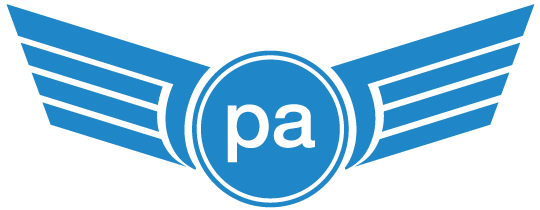The C525, part of the Cessna Citation family of business jets, is a popular choice among corporate and private operators for its versatility, performance, and advanced avionics. Obtaining a C525 type rating is essential for pilots who want to fly this aircraft, as it ensures they have the necessary knowledge and skills to operate it safely and efficiently.
In this in-depth exploration, we will discuss the prerequisites for the type rating, accepted licenses, training devices, and the components of both theoretical and practical training, as well as recurrent training requirements.
Before starting the C525 type rating course, candidates must fulfill certain prerequisites:
EASA accepts the following licenses for the C525 type rating:
The specific regulations for the C525 type rating can be found in EASA FCL.
Training for the C525 type rating often incorporates the use of simulators and Flight Simulation Training Devices (FSTDs). These devices provide a cost-effective, safe, and realistic environment for pilots to practice and hone their skills. Full-flight simulators, although more expensive, offer the most immersive experience, replicating the aircraft’s motion, visual, and auditory cues.
Approved Training Organizations (ATOs) and Type Rating Training Organizations (TRTOs) offer state-of-the-art facilities and experienced Type Rating Instructors (TRIs) to guide pilots through the comprehensive training process.
The C525 type rating course begins with a comprehensive ground school program, which covers various theoretical aspects, including:
This in-depth knowledge equips pilots with the foundational understanding needed for safe and efficient aircraft operation.
Following the completion of the ground school program, candidates move on to practical training, which typically includes:
To maintain their C525 type rating, pilots must complete recurrent training every year. This refresher training ensures that pilots stay up-to-date with the latest operational procedures, regulatory changes, and technological advancements related to the aircraft. Recurrent training typically consists of:
Apart from the core elements of the C525 type rating course, pilots may also benefit from supplementary training programs related to:
Obtaining and maintaining a C525 type rating is a comprehensive process that involves in-depth theoretical knowledge, practical training, and recurrent updates to ensure that pilots can safely and efficiently operate this advanced business jet.
By leveraging state-of-the-art training devices, experienced instructors, and rigorous training programs, pilots can develop the necessary skills and knowledge to excel in their careers as C525 operators.
